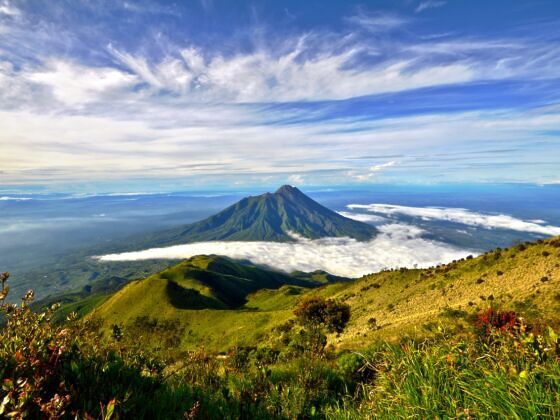TRIPS HAS ALREADY introduced you to America’s Most Dangerous Neighborhoods, rankings that were based on crime statistics.
Sometimes, though, people don’t need to go out of their way to imperil the lives of those around them. Mother Nature’s pretty good at that, too.
Popularmechanics.com takes up the issue with 8 of the Most Dangerous Places (To Live) on the Planet — human habitations facing very real threats from volcanoes, killer storms, desertification, and more.
Here’s what they got:
